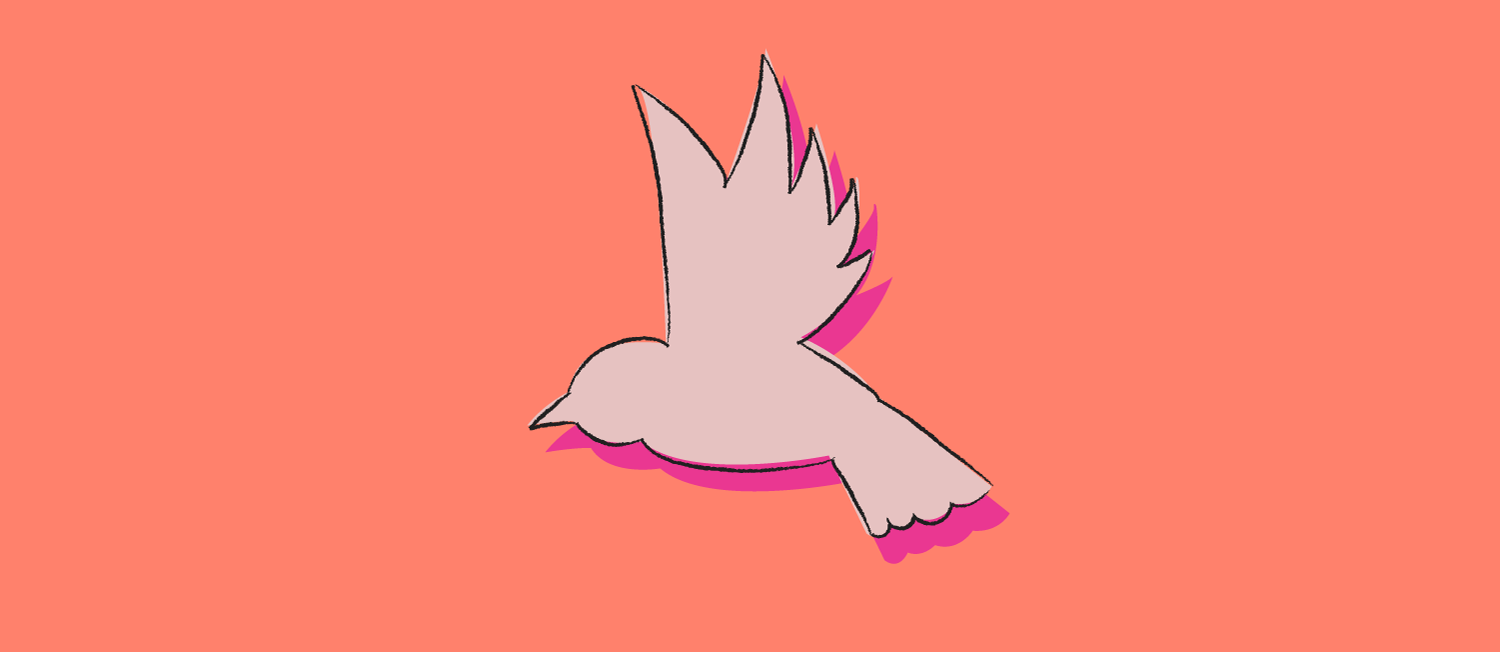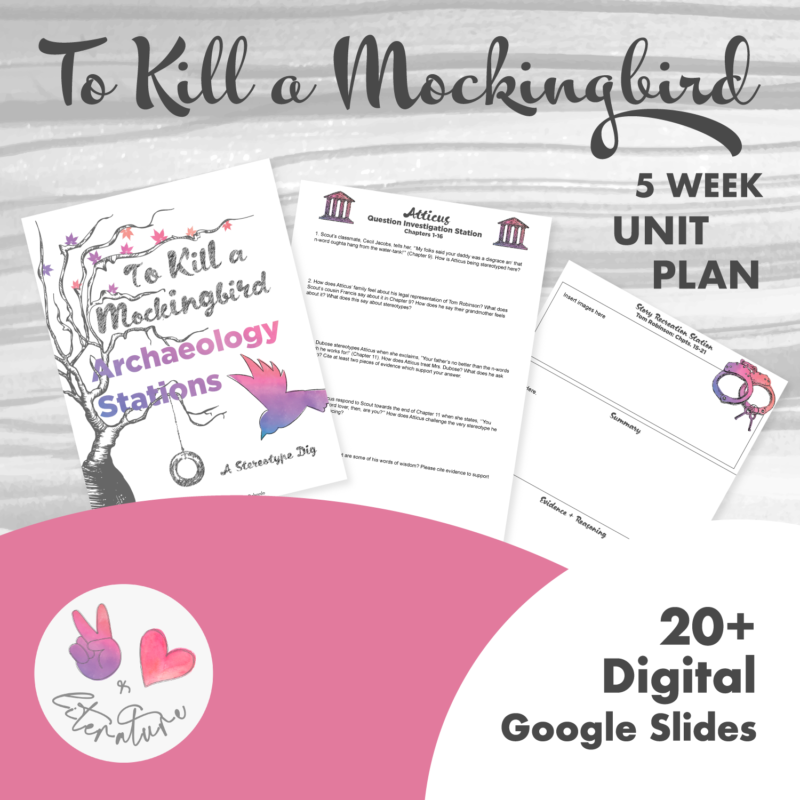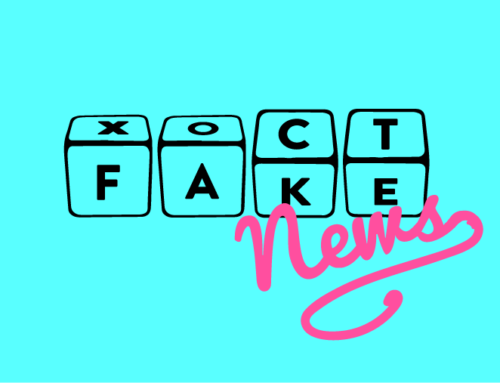You want me to use archaeological tools to read a book? Wait, what? So you want me to underline with a scalpel, highlight with a chalk brush, write margin notes with an obsidian stone head. That is going to be one shredded book.
Before I tell you what that is all about, a quick tale about racism… Racism still pervades every facet of our society. It has burrowed deep into the substrata of our foundations. It lives there beneath the surface creating an intricate labyrinth of tunnels just stable enough to hold up the ground above so that it does not collapse. It lives there disguised as the solid earth upon which we walk. But every so often, when the pressure from above gets too intense and threatens to collapse the ground, racism rears its ugly head exposing its true self – pure hate. When this happens we destroy the tunnels by filling them with solid rocks, cement and dirt recreating a sturdy foundation and deterring new tunnels from being dug. In doing so racism in that area becomes isolated, dies, and fossilizes into a new sediment. It becomes a layer of a forgotten past. Great, problem solved! Well, we all know that this is not the case. In time, the rocks will decompose and the soil will become an ideal place for burrowing once again. The creature will return. But this new creature is more clever than the last. It knows how to build its tunnels even stronger, disguise itself even better and expose its true self far less often. So, how do we learn about the nature of this seemingly indestructible being; this vermin; this virus; this abomination; this plague? Well, we dig. We dig and dig. We excavate. We unearth those layers from the past. We learn how this being evolved and we use its weakness to fully expose its spineless skeleton.
Now, you may get where I am going with this whole archaeology thing. Yes, I want you to use an anthropological approach to uncover and examine the deep-seated stereotypes which give rise to racism. I have created a UNIT PLAN using Harper Lee’s To Kill a Mockingbird as the excavation site for the first dig into the roots of this issue. The unit plan focuses on who I believe to be the four main characters of the book and who have the strongest stereotypes associated with them. The most stringent example being Tom Robinson who cannot escape the predetermined deadly fate of being an African American. Scout is the victim of gender stereotypes as she is constantly pressured to be more like a “girl.” Boo Radley is stigmatized because of a mental disability and forever branded as evil. And Atticus, the one character who represents pure justice, the antithesis of a racist, is harassed, demeaned and disrespected because of it.
This unit plan calls for collaborative group work to chisel away at the stratifications in order to reveal core specimens. I have broken down the book into five parts. Each week students will explore a different character and set of chapters. Students will begin with the excavation. They will search for quotes which display apparent stereotypes, labels and derogatory remarks and track the evidence using the Quote Excavation Station. Students will then use imagery and symbols to create a scene from the assigned chapters at the Story Recreation Station. They will then inquire about their findings at the Question Investigation Station. And finally, students will summarize their discoveries at the Essay Reflection Station (independent work). Students will use their end of week reflections as the basis for a final essay. And there you have it, a deep analysis of the text without any shredded pages!
I hope you and your students enjoy this new approach to teaching this classic text.
Click the image below to access the Unit Plan on TpT.





